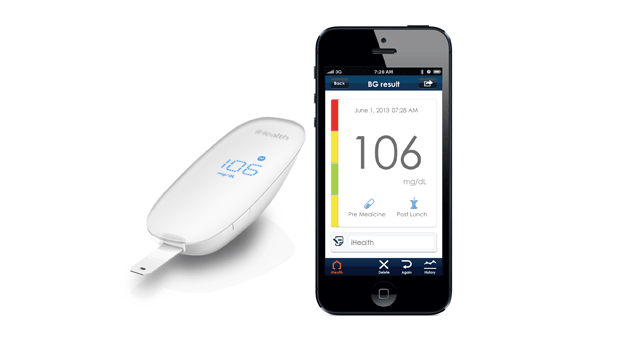Leveraging T2D Drugs to improve T1D Therapy
Great advances have been made for treatment of Type 2 Diabetes but its hard work to get them approved for T1D treatment

Paresh Dandona, MD, Ph.D. (bio) has been passionate about blood sugar control since he became a Fellow in London in 1975. He joined the faculty of the University of Buffalo School of Medicine in 1995 and has a remarkable track record of diabetes treatment success in Western New York State.
Research & studies
In his studies, Type 1 diabetic patients have significantly benefited when their daily insulin regimen is supplemented with drugs developed to treat Type 2 diabetes.
In 2011 he published a paper on liraglutide, marketed by Novo Nordisk under the brand names Victoza. This study demonstrated its glucose lowering and glycemic oscillation dampening effect in addition to weight loss in patients with Type 1 Diabetes.
This was the first research (release) on using this Type 2 approved drug for T1D treatment and there were larger confirmatory studies (release) in 2016 and 2018.
This work led to a 2017 study (release) on dapagliflozin, developed by Bristol-Myers Squibb in partnership with AstraZeneca and marketed in the US under the brand name Farxiga, that showed 0.4% A1C reduction in well-managed T1D patients. His group also published a paper on ‘triple therapy’ which included liraglutide and dapagliflozin in addition to insulin in patients with type 1 diabetes.
JDRF-funded triple therapy study
This body of work formed the basis of the planned study which is funded by JDRF that will evaluate ‘triple therapy’ using insulin, dapagliflozin, and semaglutide (a more potent version of liraglutide marketed by Novo Nordisk under the brand name Ozempic). The study will supplement insulin therapy with these two drugs designed to treat Type 2 Diabetes or with semaglutide alone.
“The ongoing challenge is that pronounced swings in blood sugars, from hyperglycemic to hypoglycemic are pretty common, even in Type 1 diabetes patients who have good glycemic control as indicated by HbA1c levels,” Dandona said. “This has been our motivation — to conduct groundbreaking research that will allow for better blood sugar control by using non-insulin drugs in combination with insulin.”
The goals for this JDRF-funded study include a 1.2% A1C reduction for each patient. Secondary goals are lowered systolic blood pressure, reduced weight and reduced vascular inflammation. These are remarkable objectives but they are consistent with outcomes from T2D studies.
The T1D dosing regimen is simple:
- Normal Insulin treatment
- A weekly injection of semaglutide
- A daily pill of dapagliflozin
We are excited to see JDRF funding this study but it takes time to justify FDA label changes. It will be 3 years before the results of this first study are published and probably another 3-4 years for a larger follow-on multi-center study that would enable the FDA to make label changes for these drugs to include T1D treatment.
In the meantime, off-label use of liraglutide and dapagliflozin in combination with insulin for T1D treatment has already begun based on the earlier studies by Dr. Dandona’s team. We expect that similar off-label use semaglutide and dapagliflozin will occur as this study’s results become known.
See IN article on pramlintide, another promising glucose flattening approach.







